By Dr. Micah Kohles, DVM, and Kellie Hayden
Updated: August 12, 2024
Since early 2020, we have received a number of questions regarding Rabbit Hemorrhagic Disease (RHDV2) from concerned bunny parents. As we learned more about this deadly virus, Oxbow strived to provide pet parents with the most up-to-date information available. Below we have compiled and updated information on RHDV2 to continue providing a valuable resource to households with bunnies.
What is Rabbit Hemorrhagic Disease (RHD)?
Rabbit Hemorrhagic Disease (RHD) is a highly infectious disease that primarily affects lagomorphs like rabbits and hares. This disease is caused by a calicivirus, and is typically fatal in infected rabbits with a 70-90% mortality rate.
How is RHDV2 different from RHDV1?
RHDV1 is a deadly virus that has been around since the 1980s in Europe and Asia. It was first identified in the US in 2000. This first “version” of the disease was known to only infect domesticated rabbits.
RHDV2, which is associated with the more recent outbreak in the United States, first emerged in France in 2010. The first confirmed North American case occurred in the Vancouver area in 2018. Unlike RHDV1, RHDV2 affects both domesticated rabbits and wild rabbits (e.g. cottontails and jackrabbits).
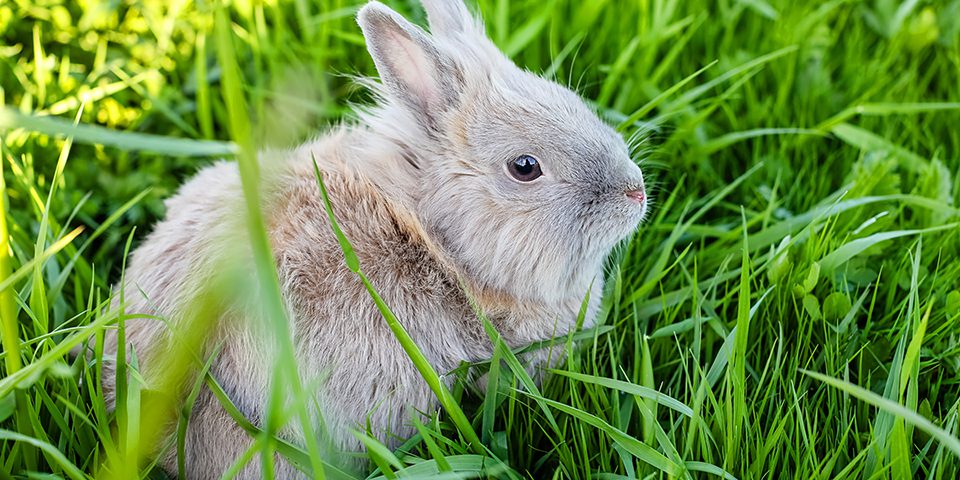
How is RHDV2 spread?
RHDV2 can spread through a number of ways, though some vectors (methods of transmission) are more unlikely than others.
Direct contact or exposure to an infected rabbit, including exposure to an infected rabbit’s urine, feces, or blood, is one of the most likely ways for a bunny to contract this illness. The virus can also survive in, and can spread from contact with, the carcasses of dead rabbits.
While transmission of RHDV2 is more unlikely through indirect contact methods, it is still possible for the disease to survive on fomite (non-living) objects. Contaminated food, water, or surfaces like caging or bedding that came into contact with a sick rabbit can be potential vectors.
Living vectors like dogs or cats that live in the household and go outdoors can potentially bring the disease from the outdoors to the indoors. Flies can also be a potential vector of this disease.
What’s especially important to know is that humans can be a cause of indirect spread, and can carry the disease from one place to another by carrying it on their clothing and shoes. Because we can easily travel from one place to another with cars, buses, trains, and airplanes, this virus has the potential to make giant geographic leaps by using humans as a vector.

Clinical Signs and Symptoms of RHDV2
Keep an eye out for these clinical signs both inside and outside of your house, as they are relevant in both domestic and wild rabbit populations:
- Sudden changes in appetite
- Sudden onset of lethargy
- Fevers
- Seizures
- Loss of coordination
- Difficulty breathing
- Jaundice (yellowing of eyes)
- Bleeding from the nose, mouth, eyes, or rectum
- Sudden death occurring within 72 hours
If you observe these symptoms in either your own rabbit or in wild rabbits in your area, please contact your veterinarian, and if possible your state veterinarian, immediately.
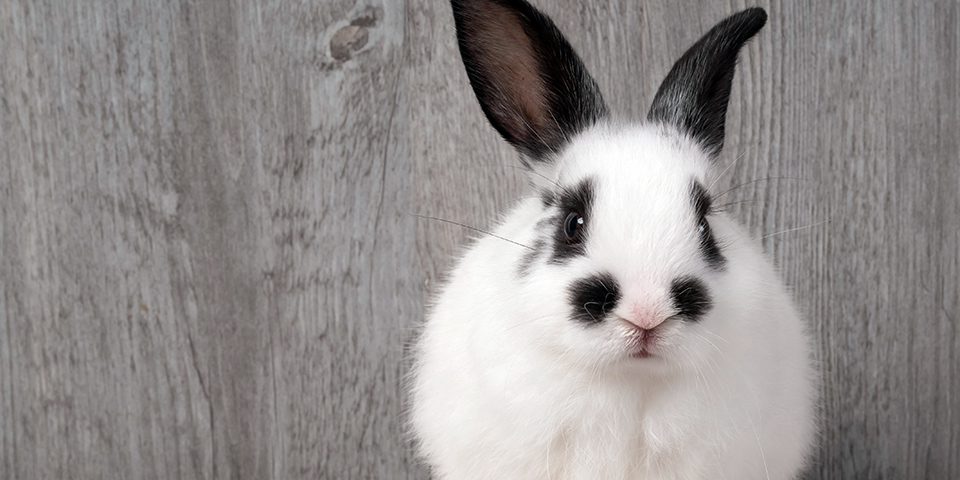
What Should I do to Keep My Rabbit Safe from RHDV2?
There are measures that rabbit parents can and should take to keep their animals from coming into contact with RHDV2.
- Vaccinating your bunny against RHDV2 is one of the most effective ways to keep your rabbit from contracting this horrible disease.
- If you have a rabbit that lives outdoors (e.g. in a hutch), we highly encourage you to move your bunny to permanent indoor living quarters. In addition to reducing the chances that your pet comes into contact with this virus through wild animals, bringing your pet to live indoors permanently is extremely beneficial to their health, safety, and mental wellbeing.
- Remove your shoes at the door; better yet, leave them in the garage (leaving them on the porch may be an alternative if you do not have a garage).
- Change your clothing and wash your hands with warm water and soap every time you come home.
- Wash your hands with soap and warm water before and after interacting with your rabbits.
- Do not introduce new rabbits from unknown or untrusted sources to your bunny; inquire about other rabbits’ vaccination status before they come into contact with your rabbit.
- If you bring a new rabbit home, keep them separated from your existing rabbits for a minimum of 14 days.
- Don’t share equipment, toys, or materials with other pet parents; be conscientious of the products you are bringing home for your rabbit to use. If you can’t validate the quality and safety of the products, do not bring them home.
- Avoid taking your little one outside in areas with active outbreaks and focus on indoor bonding and enrichment.
- If your rabbit does go outdoors for playtime, eliminate possible contact with wild rabbits such as cottontails or jackrabbits through monitoring and the use of protective fencing and xpens. Keeping an area of the yard permanently blocked off from access to wild rabbits can help ensure that your rabbit does not encounter this disease through a wild rabbit’s urine or feces.
- Avoid bringing your rabbit to social gatherings such as “hoppy hours” if you cannot confirm the vaccination status of the other bunnies attending.
- Keep other animals in the household properly distanced if they’ve been outdoors or in contact with wild rabbits.
- Do not touch any dead rabbits you may encounter in your local area. If you see multiple dead wild rabbits, report it to your state wildlife officials right away.
- Practice good cleaning and sanitation measures in an around your rabbit’s habitat.
- If you open windows to your household, make sure that screens are installed on windows and are in good condition to keep flies from getting inside.
- Take precautions to properly disinfect your rabbit’s habitat, your household’s floors, and other hard surfaces. We provide some disinfecting guidance later in this blog post.
- Pay close attention to your rabbit and contact your veterinarian right away if you notice potential symptoms or abnormal behavior.
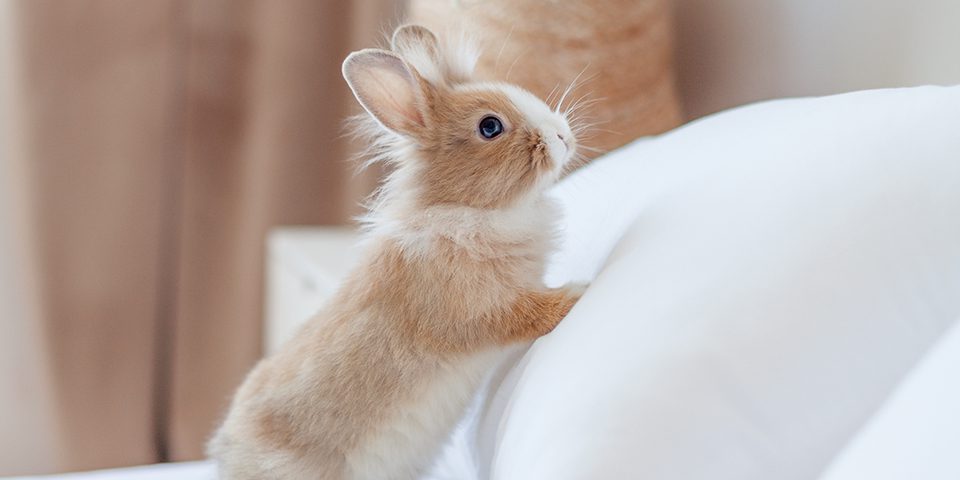
Where Can RHDV2 be Found in North America?
In 2018 and 2019, cases of RHDV2 were reported in Vancouver Island, Ohio, Washington, Pennsylvania, and New York in domestic rabbits.
In early 2020, we began to see the disease in Arizona, New Mexico, and Texas in wild rabbits. From there, the virus appeared to spread South to Mexico, and North to California, Nevada, Utah, Mexico, Colorado, Wyoming, Idaho, Oregon, Washington, and Montana. By April 2021, almost all states West of the Rocky Mountains had been affected, with infections in both wild and domesticated rabbits being reported. As of April 2024, cases in the eastern half of the United States appear to have been exclusively in domestic rabbits. For a map of where the virus can be found in the US, please visit WildlifeHealth.org.
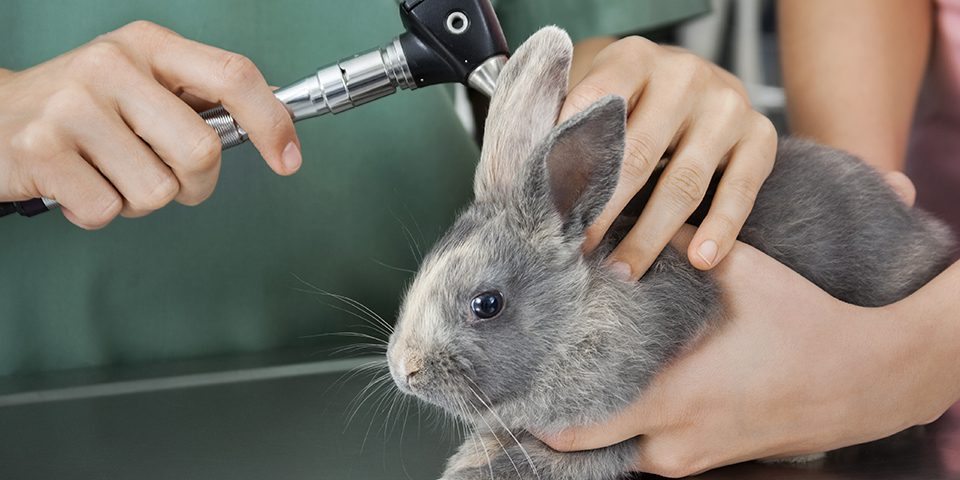
Is There a Vaccine for RHDV2?
Since the mid-2010s a vaccine for RHDV2 has been used in Europe, where the disease has been endemic for a longer period of time. They are highly efficacious and have prevented the virus from infecting many bunnies. Due to import challenges, the vaccine was not available in the US when RHDV2 began spreading in North America.
Veterinarians, AEMV, the USDA, and other rabbit advocacy groups like Oxbow and the House Rabbit Society have been instrumental in making a vaccine for this deadly virus available in the US. Due to their efforts, Medgene was granted emergency use authorization by the USDA Center for Veterinary Biologics to protect rabbits in North America with a vaccine. Medgene produced a killed recombinant vaccine for RHDV2. Medgene’s vaccine for RHDV2 has been shown to be extremely effective in preventing death in rabbits.
As part of our commitment to total rabbit wellbeing, in 2022 Oxbow partnered with Medgene to donate 2,000 doses of the vaccine clinics across the United States.
The vaccine currently is available in 44 states. To find the list of states that have conditional licensing for the RHDV2 vaccine, please visit Medgene’s page.
In states where the vaccine is available, your veterinarian likely has to be the one to order the vaccine. The smallest vial that can currently be purchased is a 10-dose bottle, so other rabbits in addition to your own may need to have vaccine appointments before it can be administered.
If you have a bunny that has not been vaccinated against RHDV2 yet, we highly encourage you to discuss with your veterinarian if the vaccine is right for your rabbit. Please encourage any other bunny parents you know to do the same to protect their little ones from this horrible disease.
Does the RHDV2 Vaccine Have a Booster?
Yes. Your rabbit should get a booster every year to ensure that they are consistently protected against RHDV2, as protection wanes over time.
Is the RHDV2 Vaccine Right for My Pet?
We have gotten word that in some areas, local organizations may be recommending against getting your bunny vaccinated. While vaccines can carry some amount of risk, the RHDV2 vaccine is remarkably effective in preventing RHDV2. In addition, it has been shown to be very safe for rabbits.
We highly encourage you to work with your veterinarian and discuss this topic with veterinary medicine professionals. Please do not focus exclusively on information online to make the best decision for your little one.
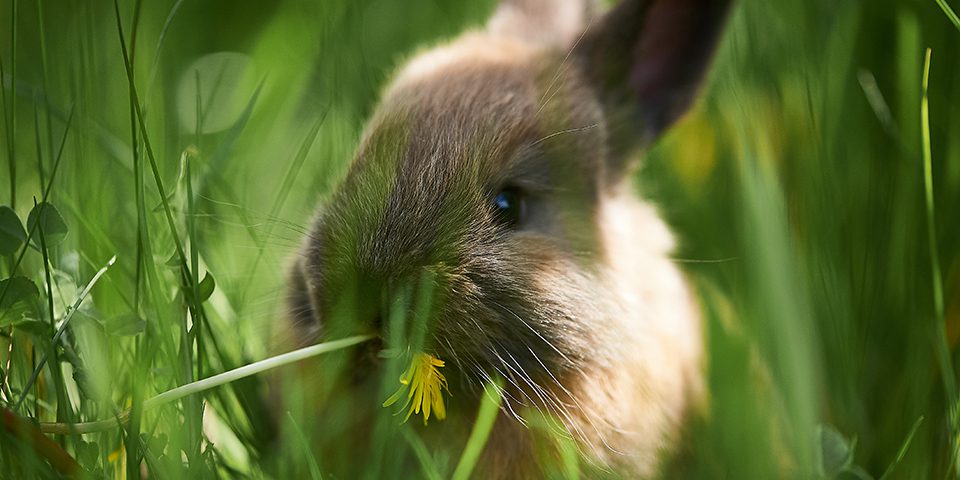
How Long Can RHDV2 Survive in the Environment?
At present, we know that this virus is most commonly spread through direct contact with excretions or blood, but there appears to be some environmental stability to the virus. Current estimates from the USDA indicate that RHDV2 could theoretically remain viable for up to 3 months under ideal environmental conditions.
Ideal environmental conditions include the right temperature, humidity, UV exposure, and so on. As conditions become less ideal and time goes on, the viability of the virus decreases. So, while it is possible that the virus can survive outside of a host, ideal conditions for this virus’ survival can be difficult to maintain in outdoor conditions. The spread of RHDV2 through indirect contact, while not impossible, is relatively low compared to direct spread.
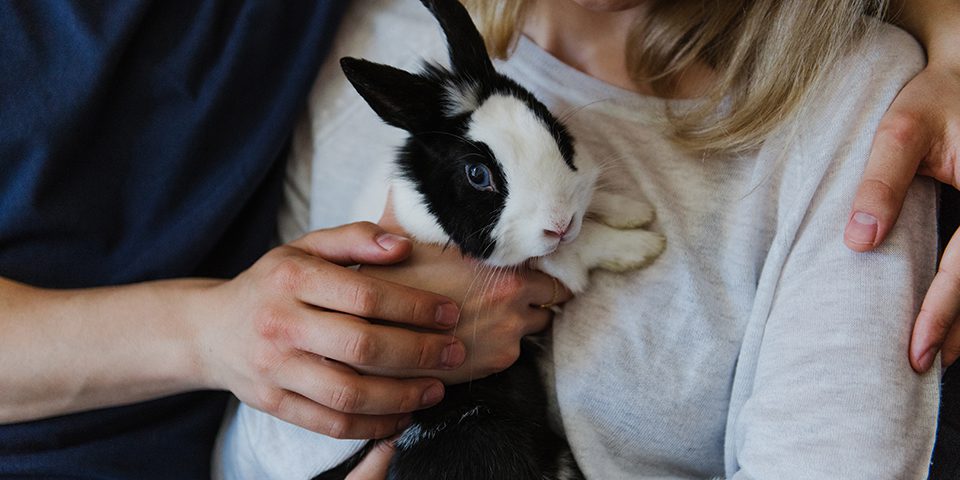
Cleaning and Disinfecting for RHDV2
As of this writing, information on what kind of disinfectants work against RHDV2 is not entirely clear.
Current recommendations from USDA and EPA are based on selected disinfectants’ ability to neutralize other viruses that are difficult to kill. We provide some guidance below on cleaning and disinfecting, but it’s critical that you work with your veterinarian to understand how to keep your rabbit not only safe from RHDV2 but also safe from the cleaning products that may kill RHDV2.
What Disinfecting Product Should I Use?
It’s important to remember that different types of products require different amounts of time to work their magic and kill viruses. While one product may take as little as 30 seconds, other products may take 10 minutes. Never mix cleaning products together, as this has the potential to create deadly gases.
At this time, Clorox Performance Bleach (registration number 5813-114 with the EPA) is one of the most readily available products that can neutralize difficult-to-kill viruses, and one of the products that the USDA recommends for disinfecting.
Never use bleach to clean items with porous surfaces (e.g. items that will absorb the bleach solution) like natural chews or paper/wooden bedding. If you suspect these kinds of items are contaminated with RHDV2, it is much safer to dispose of these products. Please work with your veterinarian if you are unsure whether an item belonging to your bunny would be considered porous or non-porous.
Bleach should be diluted into a 10% bleach solution with water (10% bleach, 90% water). Make sure that the bleach solution comes into full contact with the non-porous item that needs to be disinfected for 5 minutes. Once the item has been disinfected, thoroughly rinse it with water to remove any remaining droplets of bleach. Items should be completely dry before they come into contact with porous items like bedding.
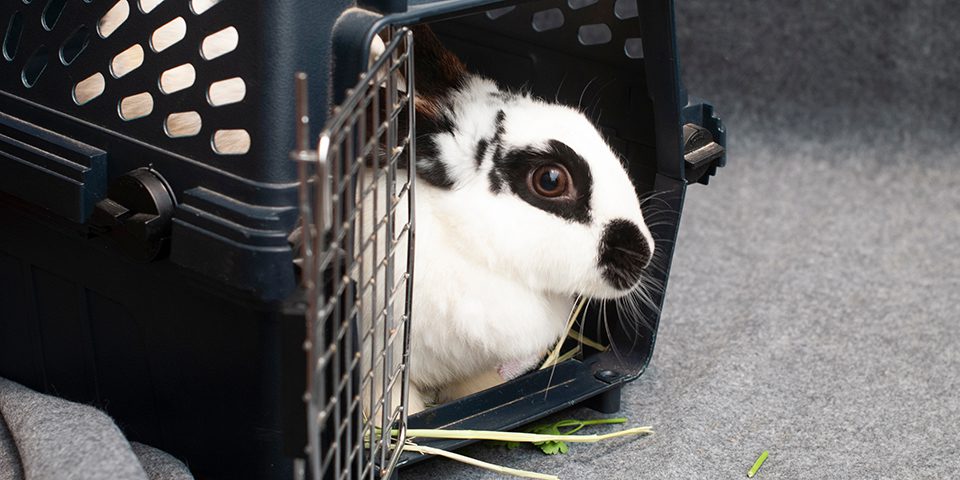
Rabbit Transportation Considerations and Travel Restrictions
Transportation and Travel
RHDV2 is a disease that has the ability to spread very quickly. Rabbit parents need to take precautions to not only keep their rabbit safe, but also limit the chances that they’re unintentionally transporting an infected rabbit.
Oxbow recommends that if travel is not necessary, your bunny should remain at home. It is safest for your rabbit to stay home where contact with the disease is less likely.
If you need to travel with your bunny, especially if you are moving across state lines, you may need to work with your veterinarian to get health certifications to bring your little one with you.
Travel Restrictions
Your state may have travel restrictions on rabbits in place to limit the spread of RHDV2. If you need to travel with your rabbit, work with your veterinarian to understand the legal requirements of that travel (such as health certificates and associated other regulatory responsibilities). Your vet can also help you understand the potential risks of where you and your bunny are traveling to.
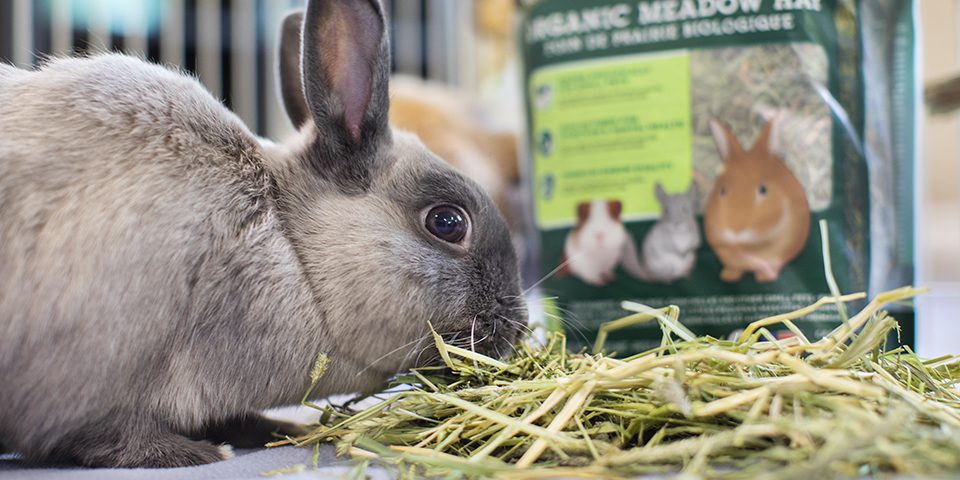
What is Oxbow Doing to Ensure Their Products are Safe?
Please know that the transmission of RHDV2 from a packaged products such as hay, food, or produce remains unlikely, even with rabbits from wild populations testing positive. While RHDV2 can be transmitted via fomites (non-living objects), this type of transmission from hay would require the presence of an infected animal in a hay field, as well as specific environmental conditions that would allow the virus to remain stable in the hay.
Even with the low risk, Oxbow continues to practice extreme caution when it comes to product safety regarding RHDV2. Below we have provided information on what we are doing to ensure our hay and hay-based products are safe for your little ones at home. These measures have been implemented in addition to the extensive, long-standing quality processes that all Oxbow hay goes through.
Grower Education and Native Population Reporting
All Oxbow hay growers have been educated about RHDV2 and its effect on native and domestic populations of rabbits. Our growers closely observe the native rabbit populations in their area and are expected to report any irregularities or concerns regarding population health. In the event of a report, we will facilitate timely communication with the state veterinarian of the state in question to ensure a proper investigation takes place.
Hay Quarantine
Any Oxbow hay that could possibly be grown and harvested in a county with a confirmed case of RHDV2 is isolated and quarantined for a minimum of 3 months from the time of baling. This hay is isolated and stored in a location away from the field to minimize potential exposure to native populations of rabbits.
Only after 3 months of quarantine can hay from a positive test county be shipped to Oxbow, where it will then go through our standard quality control procedures. We have also updated our standard quality systems to further minimize any potential spread of RHDV2.
Positive Case Data
Up-to-date information from the USDA regarding positive test cases in wild rabbits for 2024 can be found here. Oxbow’s Vice President of Technical Services and Research (Dr. Micah Kohles) and our Food Safety Quality and Research team actively monitor this data and are in communication with federal, state and NGO organizations regarding the disease on a regular basis.
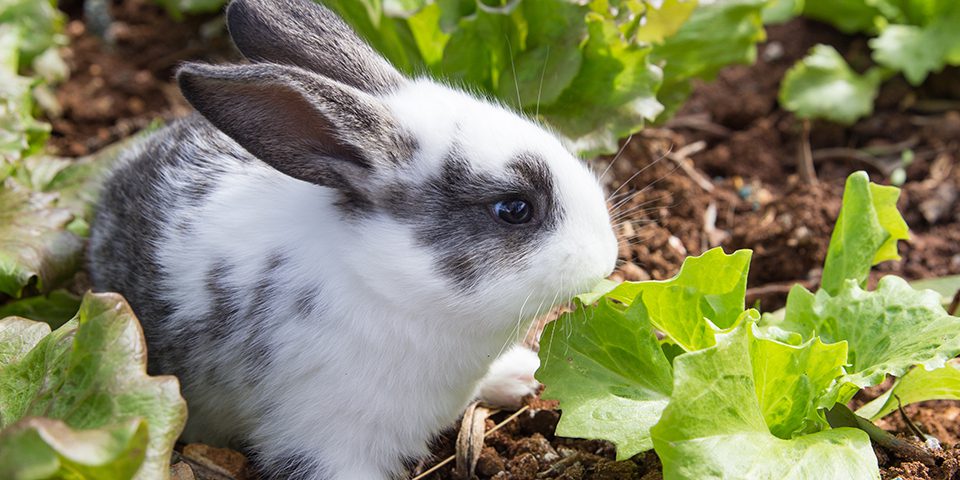
Is it Safe to Buy Leafy Greens and Veggies from the Store?
We recommend reaching out to the manufacturer of the greens and veggies you purchase to ask them there the produce is grown. If you can confirm the produce is grown in an area where there is not an active RHDV2 outbreak, the risk these greens pose to your rabbit is extremely low. Sourcing greens that are locally grown (if you live in an area that has not had a recent outbreak), sourcing greens that are hydroponically grown, or sourcing greens that are grown indoors where wild rabbits cannot access them are other options.
Why Did We See Cases Decrease During the Summers of 2020 and 2021?
RHDV2 appears to have some seasonality. This simply means that the seasons affect the rate of transmission.
When this disease was introduced to and spread in Australia a few years back, it moved from one coast to the other in the course of 18 months. Australia experienced some seasonality to the virus and saw that the disease was less active in the summer months. RHDV2 appears to pick up steam in the fall and winter, and becomes most active in the spring.
Another reason for this seasonality may have to do with wild rabbit behavior during the summer months. Prey species like rabbits tend to be less active during the summer months when it takes a lot of effort to be active and stay cool.
Increases in ambient temperatures in humidity and soil also occur during the summer, and RHDV2 is less viable when exposed to warmer temperatures.
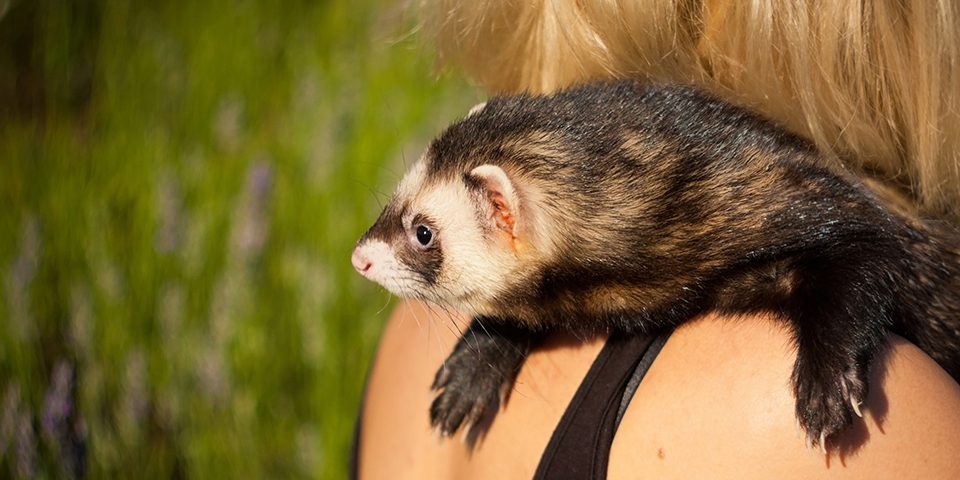
Is RHDV2 a Threat to Species Other Than Rabbits?
As we’ve discussed previously, while RHDV2 is fairly new to the United States, this is a virus that we’ve seen in other countries worldwide for a couple of decades. Because of that, there’s been some research done looking at this virus’ behavior and whether or not this virus can infect other species.
Cross-species movement is not uncommon in viruses, but each virus is different in how effective it is at crossing those species barriers. One paper from Europe has shown the Eurasian Badger (Meles meles) can not only become infected with RHDV2, but is actually able to replicate the virus as well. While we’ve not seen this type of behavior here in the United States, we should stay vigilant that this virus can cross the species barrier if it is given enough opportunity.
For pet parents who do not have bunnies, taking the precautions we list earlier in this article can be great safeguards to limit the chances of RHDV2 affecting your household.

What Does it Mean that My State Considers RHDV2 Endemic?
When a virus is considered endemic, it means that the virus is a consistent presence in the community. In areas where RHDV2 is considered endemic, routine testing of wild rabbits may or may not be taking place.
For you and your little one, that means that while RHDV2 may still be out there, we’re not seeing as much testing being done to track the movements and recent outbreaks of the disease. That potentially means that the virus is still spreading among wild populations—it’s just not being reported as much as it used to be.
These lower levels of testing, tracking, and reporting may give pet parents a false sense of security. We want to remind everyone that even though it may not be tested for or tracked at levels it once was, RHDV2 is still present and may pose a threat to your bunny, especially if your bunny is not vaccinated. Because of this, we recommend adhering to the precautions we list above.
Any potential case in a domestic rabbit should still be reported to a veterinarian right away so necessary testing can be done to confirm the case, get appropriate treatment, and protect other domesticated bunnies.
If you see wild rabbits that exhibit symptoms of RHDV2, we recommend contacting your state wildlife agency right away.
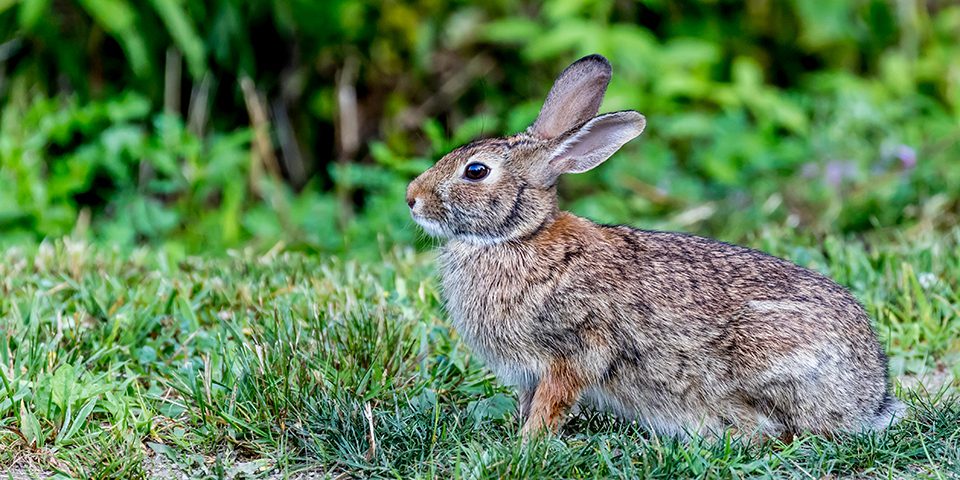
What is Being Done to Protect Wild Rabbits?
State and federal agencies have been working to protect threatened and endangered populations of wild rabbits from RHDV2. For example, in 2021, almost 270 individuals of the endangered California Central Valley Brush Rabbit population were trapped, vaccinated, and released. This is a very unique population of the brush rabbit that for a while was believed to be extinct. Thanks to ongoing recovery efforts, they’re now doing well in the wild, but RHDV2 was potentially disastrous for this population. Multiple agencies came together, imported the vaccine, and vaccinated these rabbits to help protect them.
We would like to thank all rabbit pet parents for their concern and continued vigilance as our community deals with the presence of RHDV2. If you have additional questions or concerns, please do not hesitate to reach out or take a look at additional resources below.
- RHDV2.org
- House Rabbit Society’s information on RHDV2
- WildlifeHealth.org
- Medgene’s information on the RHDV2 vaccine
- Information about RHVD2 from USDA
- USDA’s map of wild RHDV2 cases for 2024
References
Abade Dos Santos, F. A., Pinto, A., Burgoyne, T., Dalton, K. P., Carvalho, C. L., Ramilo, D. W., Carneiro, C., Carvalho, T., Peleteiro, M. C., Parra, F., & Duarte, M. D. (2022). Spillover events of rabbit haemorrhagic disease virus 2 (recombinant GI.4P-GI.2) from Lagomorpha to Eurasian badger. Transboundary and emerging diseases, 69 (3), 1030–1045.
APHIS (2024, July). Rabbit hemorrhagic disease map. Animal and Plant Health Inspection Service.
Environmental Protection Agency (2024, March). Disinfectants for use against rabbit hemorrhagic disease virus (RHDV2). Environmental Protection Agency.
Medgene (n.d.). Medgene prescription platform vaccines for rabbit owners. Medgene.
Rabbit.org Foundation (2024, February). RHDV2 resources. Rabbit.org.
RHDV2 Awareness Team (n.d.). RHDV2 information. RHDV2.org.
Snow, M. (2020, December 2). Vaccinating wild rabbits against a deadly virus: U.S. Fish & Wildlife Service. US Fish & Wildlife Service.
USAHA (2024, April). Current (2023-2025) national assembly of state animal health officials. United States Animal Health Association.
United States Department of Agriculture. (2020, July). General guidance for cleaning and disinfection of rabbit hemorrhagic disease virus (RHDV) contaminated premises. United States Department of Agriculture.
Wildlifehealth.org (2024, February). Rabbit hemorrhagic disease virus 2 in the U.S.: current updates. Wildlifehealth.org.
